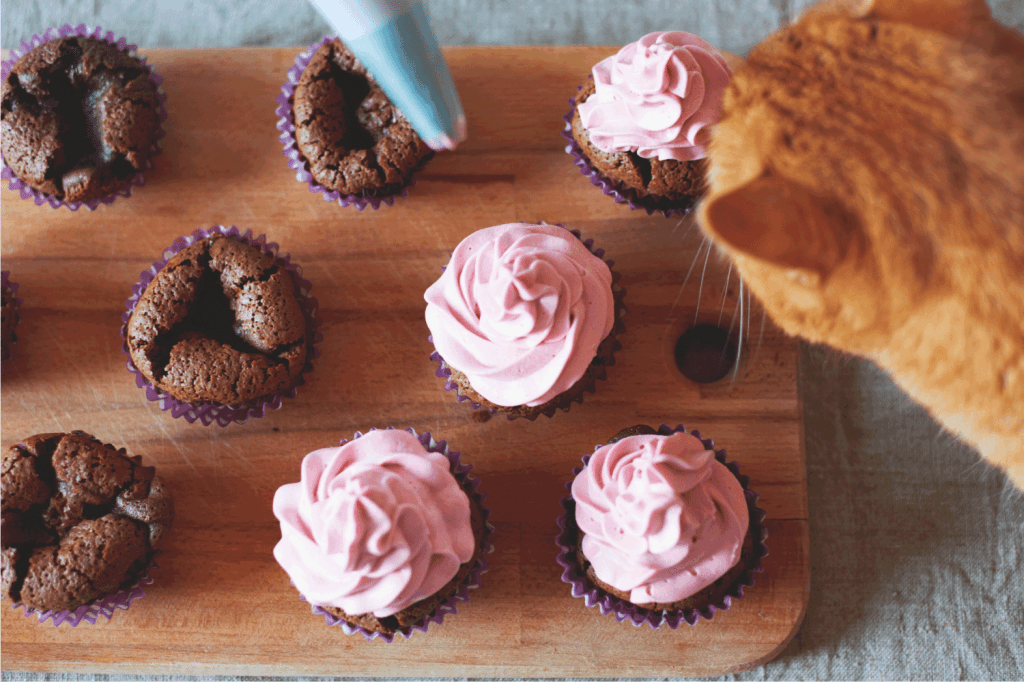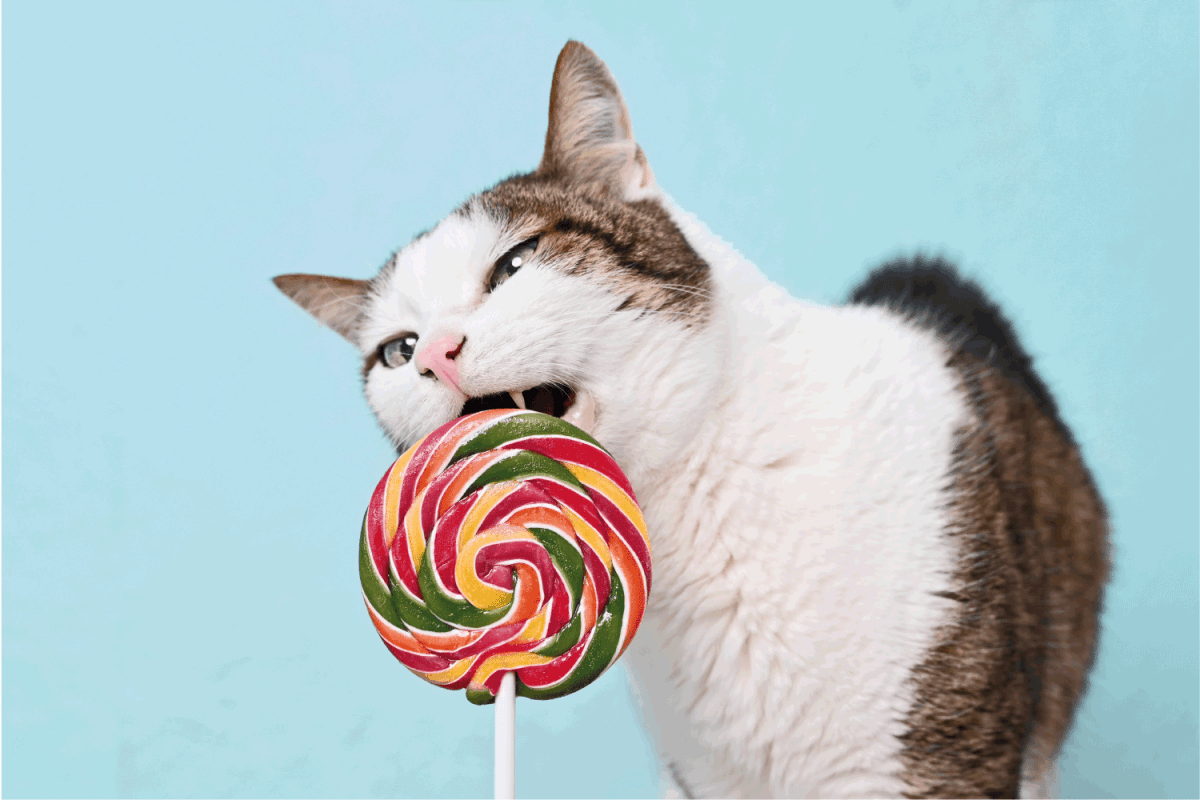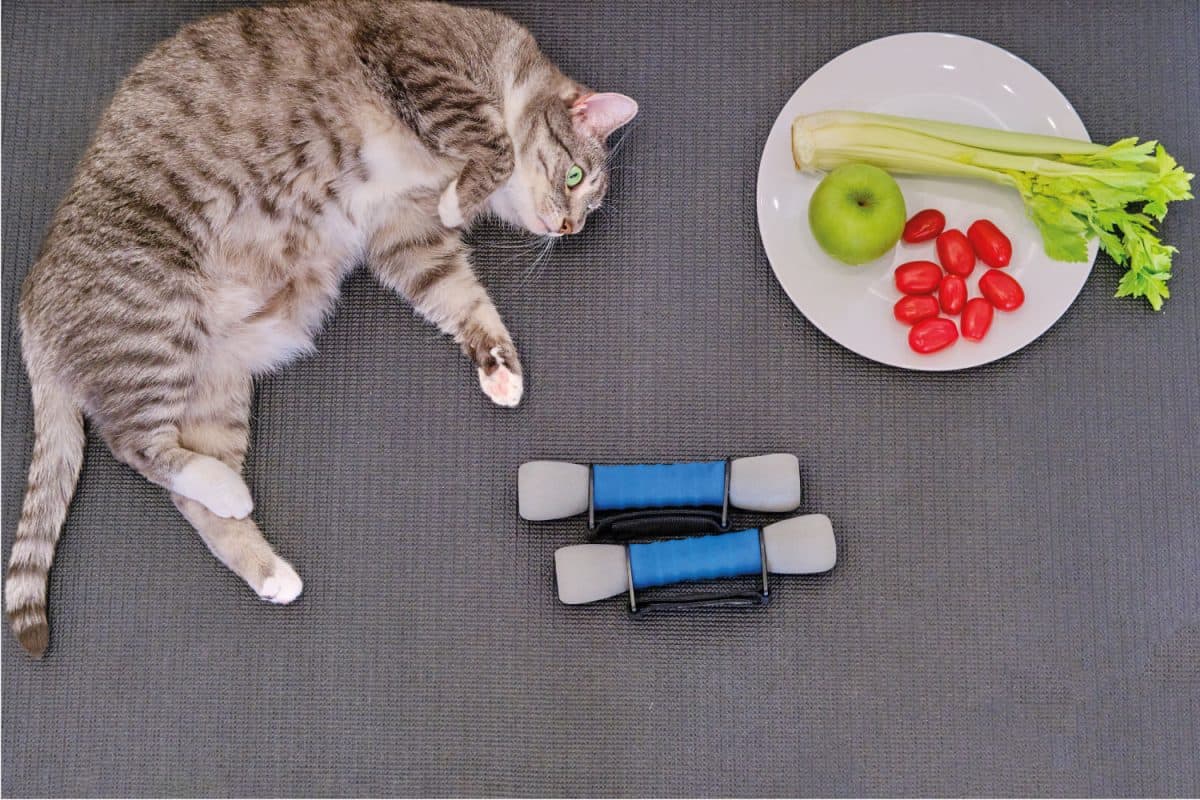Luring your cats to follow commands using treats can help increase the success of training programs. But should a cat be rewarded with a sugary treat? Can feeding sugar to cats deteriorate their health? We consulted with the experts in the pet industry, and here’s what they tell us.
It’s okay to feed or reward cats with sugary treats. But it’s important to feed sugar to cats as infrequently as possible. Sweets aren’t part of a cat’s daily recommended diet. Moreover, feeding felines with more sugar than protein can lead to feline diabetes.
Keep reading to find out more about how sugar affects cats. We’ll also tackle healthy cat treat options and recipes to help you learn how to make homemade cat treats. Without further ado, let's get into it!

Do Cats Like Sweet Things?
Cats cannot taste sweet things. Unlike humans, cats lack a significant amount of amino acids that comprise the DNA of a particular gene, which would otherwise result in a sweet taste.
If a cat seems to like sweets, it might be because of other reasons. For example, a cat’s natural curiosity may lure it to try a sweet treat. Otherwise, your pet might smell the fats in your sweet snack. A cat will most likely taste the fat content in your food instead of experiencing the sweet flavor.

Are Sugary Treats Harmful to Cats?
Sugary treats aren’t harmful to cats when fed at a considerably low amount. However, sweets aren’t going to be good for the standard feline diet since cats are obligate carnivores. In turn, felines require more meat in their diets to fulfill their daily protein needs.
Moreover, some sugar-rich food options meant for human consumption are harmful to cats, even in low quantities. One example is chocolate. It generally contains high concentrations of cocoa, which can induce symptoms like vomiting, diarrhea, and restlessness in cats.

Additionally, artificial sugar substitutes are fairly safe for feline consumption. Xylitol is an exemption to that rule. This natural substance can induce a sudden insulin release in cats, causing hypoglycemia. If cats consume this substance frequently, it can lead to serious disorders like liver failure.
Consult your veterinarian if you think your household feline has symptoms of higher-than-average sugar exposure. Take note that the recommended blood glucose concentrations in cats are approximately between 120 to 300 mg/dL. Exceeding this measurement can lead to feline diabetes.
You should avoid feeding cats sugary treats. If you’re planning to use treats for training, opt for healthy alternatives instead. For more information on that topic, read this other post: What Are The Best Cat Treats For Training?
Why Can't Cats Eat Sugar?
Although sugar consumption is fairly safe in cats, particularly when fed at reasonably low amounts, it’s still advisable not to feed foods with this ingredient to your cat. It's not part of a cat's recommended diet and can increase the risk of vomiting and diarrhea.
Prioritize feeding your cat a sufficient amount of protein every day. Take note that the average adult house cat needs 6.5 g/100 kcal of this macronutrient per day. Moreover, nursing kittens and pregnant cats need 7.5 g/100 kcal of protein per day.
Click here to see this cat food on Amazon.
Can I Give My Cat Treats Every Day?
You can give your cat treats every day. But you should monitor your feline’s intake of these snacks. Make sure that your pet isn’t eating more than 10 percent of their daily recommended calories from treats.
This is because many pet treats can’t supply your cat’s recommended daily nutritional requirements.
Still, some cat treat brands take the nutritional needs of felines into account. High-quality cat treats can help supply more nutrition to felines as compared to some commercially-made feline snacks. Check out our post on the top 10 cat treat brands to see your options.
Healthy Treats For Cats

Instead of sweets, you can feed your cat healthy treats that can help improve the pet’s overall well-being. Some examples include the following:
Greenies Feline Dental Cat Treats
These cat treats have the seal of approval from the Veterinary Oral Health Council (VOHC). It uses natural ingredients to help fulfill the daily vitamin and mineral needs of your cat. Plus, these dry treats can help control your pet’s tartar.
Chlick here to see this product on Amazon.
Celery
Pet parents can feed any part of this vegetable to their cats. Celery has excellent fiber content which can help maintain your kitty’s digestive system. This organic cat treat can also deliver vitamins and minerals to your pet, including potassium, magnesium, and vitamins A, C, and K.
How Do You Make Homemade Cat Treats?
In this section, we’re going to give you some homemade cat treat recipes. Remember that treats aren’t meant to substitute a cat’s healthy and delicious meal. Still, the following dishes can help increase your kitty’s overall health.
1. Carrot And Catnip Kitty Treats
This cat treat recipe should take about 15 minutes to prepare this dish and 12 minutes to cook it.
Ingredients
- 2 tbsp. coconut or olive oil
- 1 tbsp. dried catnip
- 1-1/4 cups of oat flour
- ¾ cup carrots, finely shredded
- 1 egg, large, lightly beaten
- Cold water
Instructions
- Preheat your oven to 375 degrees Fahrenheit.
- Put the coconut or olive oil into a medium bowl.
- Place the cup of flour into the bowl and mix until it has a sandy texture.
- Add the catnip and carrots and stir the mixture.
- Add the egg.
- Add water into the mixture if it looks dehydrated or if it’s not holding well.
- Sprinkle a bit of flour on a flat surface.
- Place the dough on the surface and pat it out until it’s about ¼-inch thick.
- Prick the dough with a fork in several places.
- Use a knife or a pizza cutter to cut the dough into ½-inch square pieces.
- Line a baking sheet with parchment paper, and arrange the dough squares on the sheet.
- Bake in 12 minutes or wait until the treats have a golden brown color.
- Take out the treats from the oven and cool at room temperature.
- Store in an airtight container.
2. Tuna And Catnip Cat Treats
For this recipe, follow the ingredients and steps mentioned below to yield about 80 treats for your pet.
Ingredients
- 1 can tuna, flaked, well-drained (can be in spring water)
- 1 tbsp. dried catnip
- 1 cup all-purpose flour
- 1 egg, large
Instructions
- Preheat tyour oven to 350 degrees Fahrenheit.
- Place all the ingredients in a bowl.
- Stir or transfer into a food processor until the mixture results in a smooth yet thick dough.
- Use a teaspoon to form the dough into 80 balls.
- Place the dough balls on a baking sheet lined with parchment paper.
- Flatten and press each cat treat ball slightly.
- Bake for about 15 minutes in the oven or wait until the treats become golden brown.
- Take out the treats from the oven and let them cool at room temperature.
- Store in an airtight container.
3. Spring Water Tuna Cat Treats
This recipe can be an ideal choice for cat parents who don’t want to spend more money than usual on the treats.
Ingredients
- 1 egg, whole
- 1 can tuna in spring water, thoroughly drained
Instructions
- Preheat your oven to 330 degrees Fahrenheit.
- Separate the yolk from the egg white. Pour the egg white into a large mixing bowl.
- Beat the egg until you see stiff peaks when removing the whisk.
- Empty and place the canned tuna in a blender.
- Add two tablespoons of the beaten egg white into the tuna.
- Blend the mixture until it forms a smooth paste.
- Remove the mixture from the blender with the help of a spatula.
- Place it into the remaining egg white.
- Transfer the new mixture into a piping bag with a fairly small star-shaped attachment.
- Pipe the mixture into relatively small portions on a baking sheet lined with non-greasy parchment paper.
- Place it in the oven for about 20 to 25 minutes.
- Take out the treats and let them cool on a wire rack.
- Store in an airtight or tightly sealed container.
In Closing
It's okay to feed or reward cats with sugary treats. But it's still not advisable to feed your kitty with sugar-rich snacks that are not part of their healthy diet.
Instead, opt for healthy choices such as veggies like celery and treats that cater to your pet's dental and overall health.
Some elements on this page may have been created by our team using advanced AI to provide you with top-notch cat inspired ideas. Read more about our AI Content Policy.


